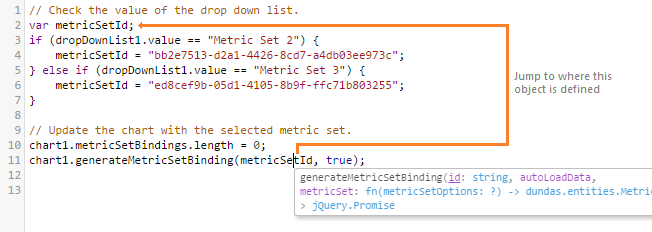-
Unknown Windows Api Function In 2142 For Mac카테고리 없음 2020. 1. 30. 19:55

Prerequisites. LabJack T7 or T4. LJM Library -. Python 2.6, 2.7 or 3.x - Download from. Operating system - Windows, Mac OS X, or Linux Instructions. Download/extract the.zip file attached at the top of this page. Open a terminal/console window.
Nov 1, 2018 - Feature Support dark mode (macOS Mojave) (#10348); Bugfix Display. File (S3); Feature Interoperability with Microsoft Office 365 Deutschland. Feature Support for authentication with Keystone v3 API (OpenStack Swift). Bugfix Cannot connect to servers with unknown host key (#2044); Bugfix. Jul 20, 2018 - Select API enables the admin to select the camera, whereas the. GS-3975, Microsoft Office 365 users who use the Calendar Integration feature no. GS-2027, When using VidyoRemote 3 and entering credentials for a Mac OS X user. VidyoRoom application reads the firmware version as “unknown”. NVIDIA CUDA TOOLKIT 8.0 RN-06722-001 _v8.0 October 2016 Release Notes for Windows, Linux, and Mac OS. Www.nvidia.com NVIDIA CUDA Toolkit 8.0 RN-06722-001 _v8.0 ii TABLE OF CONTENTS. CUDA Driver API to look up the kernel functions in the generated PTX.
Using the command line, navigate to the extracted PythonLJM root directory. Install the LJM Python modules by running the following command (remove the 'sudo' on Windows): sudo python setup.py install Refer to the download's README.TXT file for requirements, installation, documentation and license information. Windows Troubleshooting If running the 'python setup.py install' command as described in the above instructions causes the following or similar error: 'python' is not recognized as an internal or external command, operable program or batch file. That means either Python is not installed on your computer or the Python executable's path was not added to the Windows user or system path. To help resolve this issue, please run the Python Windows installer and in the 'Customize Python' window, click the 'Add python.exe to Path' option towards the bottom and select 'Will be installed on local hard drive'. Then continue the installation as normal.

Open a new terminal/console window and then go through our installation instructions again. Alternatively, after Python is installed you can run the Python executable from its path. For example: C: Python27 python.exe setup.py install Note that the above command uses the Python 2.7 path, and you should use the correct path on your computer which may differ. Another option is to manually add the Python executable's path to the Windows path as. Code Snippet from labjack import ljm # Open first found LabJack handle = ljm.openS ( 'ANY', 'ANY', 'ANY' ) # Call eReadName to read the serial number from the LabJack.
Unknown Windows Api Function In 2142 For Mac Download
It looks like you can install the package on this page using pip since it contains a setup.py file for installation. Try downloading the zip file and running (replace path/to to the directory the file is): pip install path/to/PythonLJM20131230.zip Alternatively, over the network you can try: pip install Note that the download's URL and zip file name uses dates, so future releases will have different URL paths and names. Before running either of the above commands, use the current 'File attachment' download's URL or zip file name in your 'pip install' command. or to post comments.
MacXL 2004 VBA is at VBA 5 (the same as WinXL97) so there are some VBA 6 functions (e.g., Replace, Join, Split, etc.) that aren't implemented, and, of course, you can't use Windows API calls. FWIW, MacXL 2011 is at version 6. The workarounds for that are usually pretty easy. I used to use (and still do for XL 2004 customers) an add-in that implements the newer functions in VBA5, so that no modification needs to be made to the WinXL code. Alternatively, I rewrite code that's conditionally compiled, so that, for instance, Replace is used in WinXL, but the worksheet function SUBSTITUTE is used in pre MacXL 2011: #If Mac Then s2 = Application.WorksheetFunction.Substitute( s1, 'replacethis', 'withthat') #Else s2 = Replace(s1, 'replacethis', 'withthat') #End If There are a couple of other minor differences (including MacXL supporting the MacScript command), but it shouldn't be too hard to use.
One of those differences is the use of the FileFInterparameter in GetOpenFileName, GetSaveAsFileName, etc. May be helpful for that, and other workarounds.
